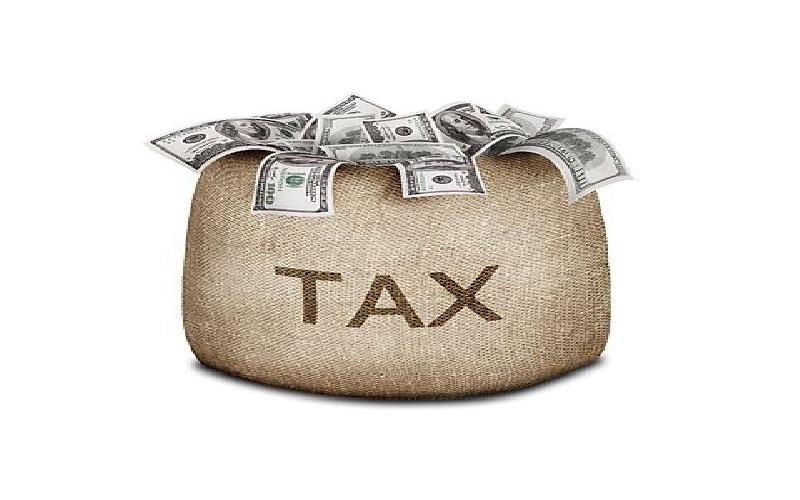The recent proposals for reforming personal income tax regime proposed by the Trump Administration has once again re-ignited the debate on the need for raising the federal standard tax deduction to make the tax regime fairer to those at the bottom of the pyramid. It is an issue that has been waiting to be taken up in public consciousness. Hopefully, now it will get its due attention!
Personal Income Tax Regime in United States
Personal income tax regime in United States has many components, like tax rate, tax exemption limit, standard deduction, phase outs of exemptions and deduction, itemized deductions and earned
income tax credits. Whether the tax is fair or not will depend on how the net tax burden is distributed among different economic segments of the society.Is it fair ?
Fairness demands that those earning less should pay lesser taxes, while those earning more should contribute more. In other words, tax should be paid depending upon the capacity to pay.
How much is the Standard Deduction allowable in 2010 ?
For the year 2017, Standard deduction in United States envisages a maximum standard deduction of $ 6350 for single filers, $ 9350 for head of households and $ 12,700 for married filing together as well as qualifying widows and widowers. The Standard deduction for dependents is limited to the greater of $ 1050 or $ 350 plus the dependent’s earned income. For the year 2017, the additional standard deduction for the aged or the blind is $ 1250.
Other Important Exemptions and Tax Credits
Standard deduction is a lump sum deduction provided in lieu of itemized deduction in respect of items like medical expenses, charitable donations and taxes. Notably, this standard deduction comes along with two other major tax components, personal exemption and earned income tax credit (EITC).
For the year 2017, the Personal Exemption Amount is $ 4050, but it is subject to phase-outs that begins at adjusted gross income of $ 260,500 in case of single individual and $ 313,800 in case of married couples. The phase-outs are completed at $ 380,000 for individuals and $ 436,300 for married couples.
For the year 2017, the maximum Earned tax Credit is $ 6318 for married couples with three or more qualifying children. There are some other credits too, like child and dependent
credit that with a limit for refund of $ 3000, adoption credit in respect of child with special needs of $ 13,570, Hope scholarship credit with a maximum limit of $ 2,500 and Lifetime Learning credit that depends upon adjusted gross income.How much does it Benefit the not so well off ?
When one takes into account the Standard deduction along with personal exemption, earned income tax credit and other benefits, the whole scheme of personal income tax appears to be reasonably fair, as far as the low income segment of society is concerned. However, when the other benefits are not available, the same cannot be said of standard deduction, which ensures that the tax liability of a low wage earner is reduced even if that person has not made any payments that could be claimed as an itemized deduction.
Here one must note that in case the low wage earner has actually made payments which can be claimed as itemized deduction and the total amount of such payments exceeds the standards deduction, then that person retains the option of claiming itemized deduction instead of standard deduction. It could, however, be difficult for some, particularly the poorest, due to costs and complications of compliance burden.
Should it be improved Further ?
No doubt, the scheme can still be improved further, for example, by increasing the standard deduction to a figure like $ 8,000 for single filers and $ 16000 for married couples filing together. However, this should not be accompanied with reducing the EITC, since that may not be fair, as EITC is linked with dependents, a fairer proposition.
Given the slow income growth and stagnating prospects for lower middle class and the poorest of all, there appears to be a need to address the challenges of equity, by improving the standard deduction, as well as the EITC further.
Since the Trump Administration is willing to reduce the tax burden on the richest and the largest industrialists, the social contract in the society will necessitate that the tax burden of the poorer lot is also relieved to some extent at least.










